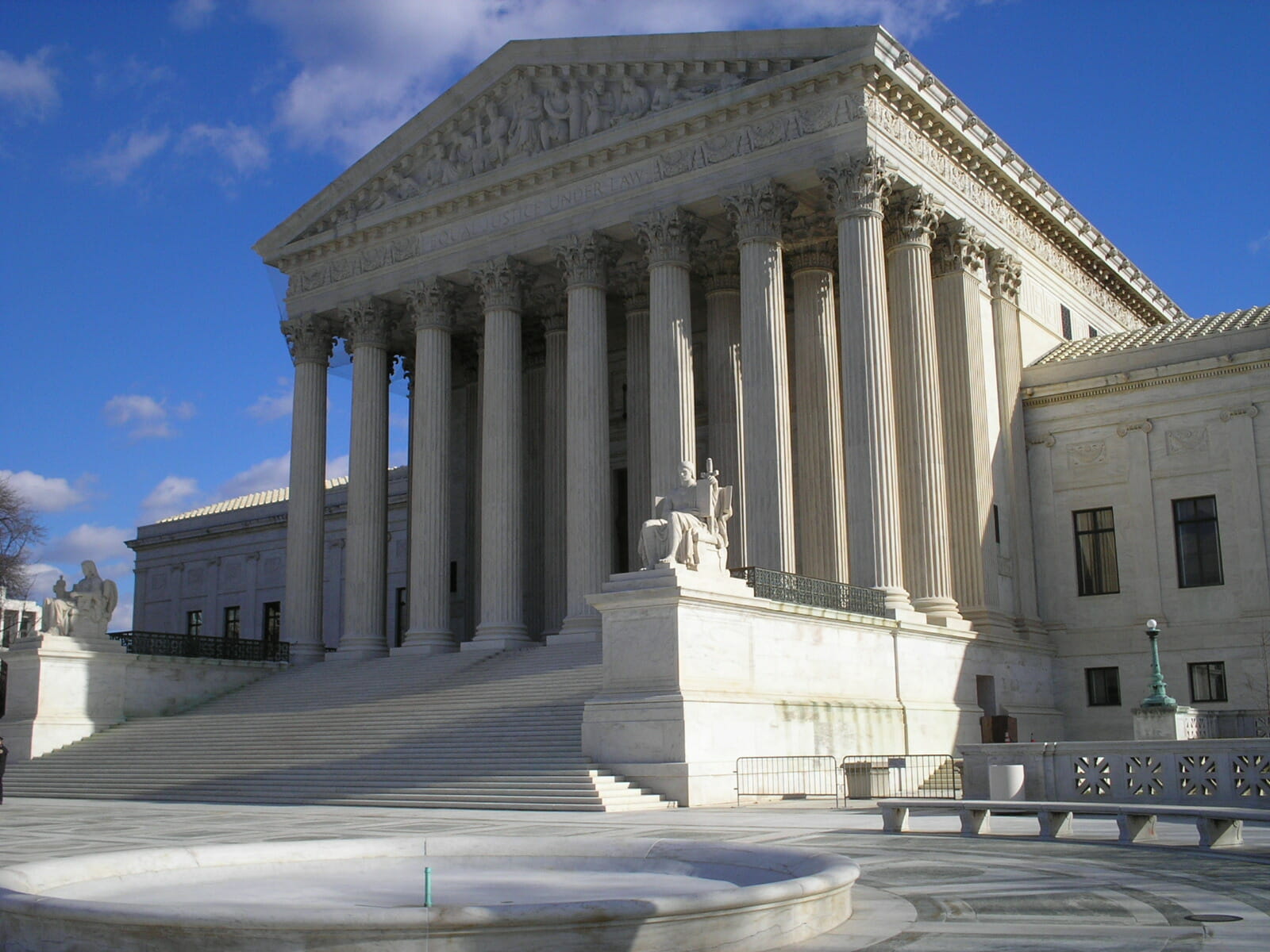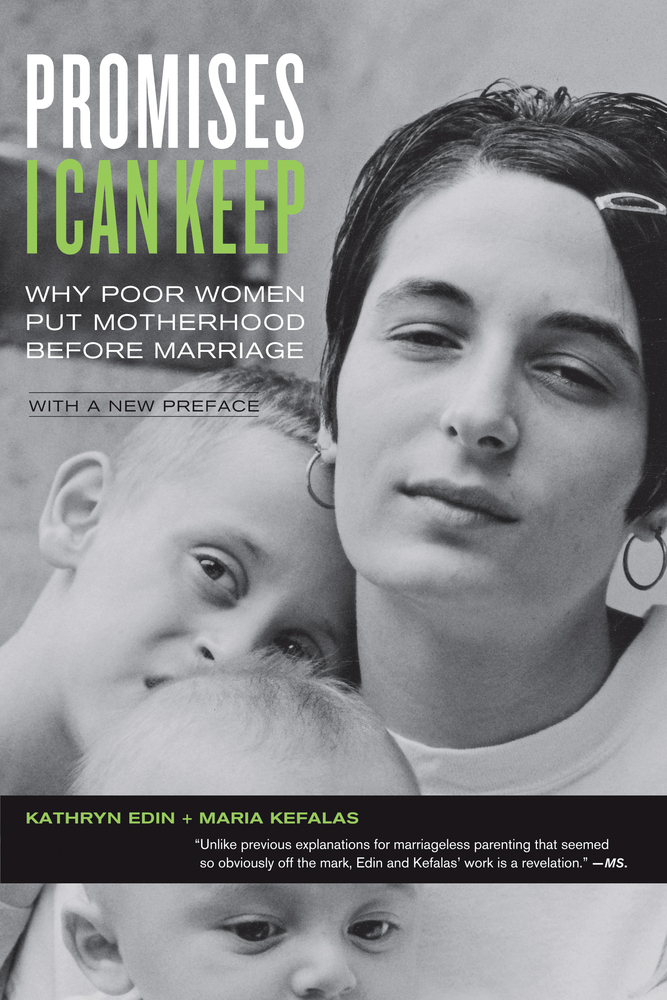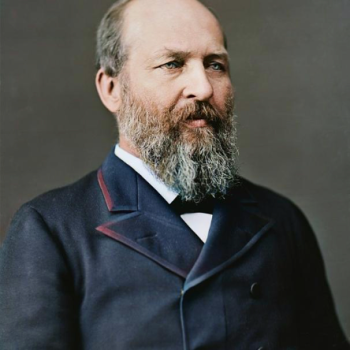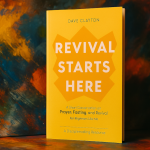The news that the Supreme Court has recently agreed to review an abortion case for the first time in years thrilled many pro-life Christians. With the court now more conservative than it has been at any point in the past 75 years, some wonder if this case, which will review the constitutionality of a Mississippi law that bans most abortions after the 15th week of pregnancy, could be the opening salvo in the long-anticipated overturn of Roe v. Wade. From a legal and constitutional perspective, this is a momentous case. But from the perspective of saving unborn lives, it’s not likely to make as much difference as many pro-lifers think.

Ever since the late 1980s, millions of Republican-voting pro-life evangelical Christians have viewed changing the Supreme Court in an effort to rescind Roe v. Wade as the primary way to save unborn lives, but maybe it’s now time to rethink this strategy. To be sure, there may be other good constitutional reasons to overturn Roe v. Wade, but if our primary goal is to save unborn children from abortion – rather than merely make abortion more restricted in certain regions – this case may not give pro-life Christians very much to celebrate. (For another recent Anxious Bench piece on alternative approaches to the abortion issue, see Chris Gehrz’s post from last month).
This will be true even if the court upholds Mississippi’s restrictive abortion law, which is the most likely outcome in this case, given the court’s 6-3 conservative majority. If the law is upheld, it will make very little difference in Mississippi, since the state currently has only one abortion clinic, and that clinic offers abortions only up to the 16th week of pregnancy.
But will it make more of a difference in other states? More than one-third of states currently ban abortion after 20 weeks, and presumably, some of these states would decide to move their bans to 15 weeks if the court allows. These 2nd-trimester pregnancy terminations are a rather small (though more than negligible) number of abortions. The latest figures indicate that while 91-92 percent of abortions occur during the first 13 weeks of pregnancy, nearly 8 percent occur between 14 and 20 weeks, and 1 percent occur at 21 weeks or later. A state that moves its ban from 20 to 15 weeks could thus theoretically reduce its abortion rate by approximately 5 percent or more. But this does not mean that the number of unborn lives saved will be equal to the number of 2nd-trimester abortions not performed in any given state, since there is credible evidence that restrictive abortion laws drive many women to seek out the procedure in neighboring states that have less restrictive laws.
Georgia’s increased abortion rate is a case in point. By national standards, Georgia’s abortion policy is highly restrictive. The state has a 20-week ban on abortion, and it has not provided Medicaid funding for elective abortion in more than forty years. But by regional standards, Georgia looks far less restrictive; it is easier to get an abortion in Georgia than it is in either Alabama or South Carolina – let alone Mississippi. So, as other states in the Deep South have tightened their abortion restrictions, more women have traveled to Atlanta for abortions. Between 2014 and 2017, the abortion rate increased by 8 percent in Georgia, even as the national rate declined. Fifteen percent of Georgia abortions in 2015 were performed on out-of-state residents, as were 20 percent of the abortions in Tennessee, where Memphis’s clinics are a popular destination for women traveling from Mississippi. If Mississippi were to restrict abortion even further, the number of women traveling out of state to obtain abortions would likely be even higher. And if those states, in turn, were to pass more restrictive abortion laws, women in the region would likely travel even further – maybe to Washington, DC, for instance, or possibly to Florida or New York. Already, in the West, New Mexico’s clinics are performing 27 percent of their abortions on out-of-state residents, probably due mainly to restrictive abortion laws in Texas that drastically reduced abortion availability in the Lone Star state starting in 2013.
But there’s another reason why the abortion rate is increasing in the deeply conservative states of the South. Even in Mississippi, which can hardly be considered an abortion mecca for residents of any neighboring state, the abortion rate increased by 13 percent between 2014 and 2017. Perhaps that is because in the Deep South, there is hardly any social safety net – not even the Medicaid expansion that most states outside of the region adopted during the Obama administration – to give lower-income mothers the financial and medical resources they need to care for their children.
![]()
Abortion is now overwhelmingly associated with lower-income women. During the past thirty years, there has been a massive reduction in the number of middle and upper-middle income women getting abortions, but no decrease in the number of poor women terminating their pregnancies. In 1994, 75 percent of the 1.3 million women who had abortions in the United States had incomes above the poverty line. By 2014, 50 percent of the 650,000 abortions reported to the CDC were obtained by women below the poverty line, and another 25 percent were classified as “low income.” This means that the number of women with incomes above the poverty line having abortions dropped from 975,000 in 1994 to 325,000 twenty years later – a 67 percent decrease. By contrast, the number of women below the poverty line who had abortions in 2014 was exactly the same as it had been in 1994: 325,000.
Why have the abortion rates dropped drastically for women above the poverty line, while not decreasing at all among women in poverty? I suspect that greater contraceptive reliability, combined with a cultural shift that has encouraged contraceptive use and delayed childbearing, has led middle and upper-middle-income couples to consistently use reliable methods of contraception to a greater degree than they did in the 1990s. It is thus not surprising that progressives suggest that reliable contraception for the poor can reduce the abortion rate.
From a theologically conservative Christian viewpoint (whether Catholic or evangelical), there are serious moral problems associated with the proposal to fight abortion by giving more contraception to the poor. But even aside from those important moral reservations, one thing seems to be clear from the data: The campaign to give more contraception to the poor is not working. The survey data indicate that the majority of women who have abortions are using some form of birth control; 51 percent of women who had abortions in 2014 reported using contraception in the month in which they became pregnant. Yet after decades of free contraception distribution to lower-income women – and after a great deal of contraceptive use – the number of abortions among the nation’s poorest 20 percent has not declined. Why is that?
Perhaps it is because the poor who have abortions are not necessarily trying to avoid pregnancy entirely. Indeed, the majority of women who have abortions are already mothers. Yet the overwhelming majority (at least 85 percent) are unmarried. After struggling with single parenthood while caring for one or two children, they often decide that they cannot go forward with an additional pregnancy. If they become pregnant again while in an unstable relationship, they might have an abortion, citing a lack of economic resources as their reason for doing so.

When sociologists Kathryn Edin and Maria Kefalas studied low-income single mothers in Philadelphia at the beginning of the 21st century, they found that these women wanted to become mothers; they just lacked a path to long-term relational stability that would allow them to pursue their dreams of marriage and a family. And this is the case for many women who have abortions as well. Contraception will not empower them to pursue their dreams. But neither will abortion restrictions without economic assistance.
If we want to see what effect late-term abortion restrictions might have on women without economic assistance, we might consider the case of Kenlissia Jones, a 23-year-old woman who was arrested and jailed in Albany, Georgia, in 2015 on child murder charges. Jones fit the profile of a contemporary abortion patient almost to the letter. She was poor, she was a racial minority, she was unmarried, and she already had given birth to two children before becoming pregnant a third time. Initially, she seems to have intended to carry her third pregnancy to term, but when she broke up with the father of the child, she sought an abortion. By then, she was five and a half months pregnant, and under Georgia law, abortions are illegal after 20 weeks. So, she ordered some chemical abortifacients over the internet. Unfortunately for her, the pills were not designed for a late 2nd-trimester pregnancy. They did induce labor, but the result was a live birth in the passenger seat of her neighbor’s car en route to the hospital. Her baby boy lived for half an hour before dying. A social worker was horrified, and the authorities charged her with murder, though the charges were eventually dropped.
No doubt, reproductive rights advocates would point to this case as an example of why 2nd-trimester abortions should remain legal. If women are denied opportunities to legally terminate their pregnancies, they will find other ways that are more dangerous, pro-choice advocates argue. What they really need is reliable contraception, coupled with reliable abortion services as a backup. But contraception probably would not have done much for a woman in Jones’s situation, and late-second-trimester abortion availability, while possibly saving Jones from the pain of chemical abortifacients, would hardly have been relevant to her if she had broken up with her boyfriend only three weeks later – at which point she would have been in her third trimester, when an abortion would have been unavailable in the vast majority of states.
Ultimately, what would probably be most helpful to millions of low-income women like Jones would be a path forward to their dreams of marriage, economic stability, and the ability to provide for their children. The “pro-life” platform that white evangelicals have frequently supported over the past forty years has not given low-income women this empowerment. Both Georgia and Mississippi refused the Obama administration’s Medicaid expansion, which means that low-income women are much more likely to be uninsured than they are in other states. Nor have pro-life Republicans been very open to most of the other legal changes that could encourage millions of women to make life-saving choices – changes such as an increase in the minimum wage, free community college tuition, free childcare, and universal healthcare.
What if Jones had been given childcare, a path to job training, and health insurance for her child? Would she have ordered abortion pills for herself? Perhaps it’s impossible to say what Jones would or would not have done had she been given other options, but in looking at the hundreds of thousands of low-income women who have abortions each year, it’s clear that many of them would prefer to have different choices. In a survey of women who had abortions between 2008 and 2010, 40 percent cited financial problems as their reason for having an abortion, 31 percent mentioned problems with their partner, and 12 percent said they wanted a “better life for the baby” than they could provide. Only 4 percent said that they did not want a baby.
Given this data, it seems that the best path to saving unborn lives may be through economic assistance and healthcare provision rather than through the Supreme Court. Many Catholics, who historically have been much more amenable to social welfare and healthcare expansion, have already concluded this. I was reminded of this ten years ago, when I interviewed a Catholic priest who was such a strong pro-life advocate that he had pushed the boundaries of the law in his abortion clinic protests and had been arrested in the early 1990s because of his activities in Operation Rescue. Yet that priest was also a Democrat who supported Obamacare because of his pro-life convictions. He lamented the fact that Obamacare covered contraceptives, including emergency contraception such as Plan B and Ella. But he believed that in the end, Obamacare would save lives, because it would give women the social safety net that they needed to make the decision to keep their children.
A few evangelicals agree with this priest’s reasoning, but most do not. Instead, they are more likely to see abortion not as a socioeconomic issue but as a problem of individual evil and national sin that can be best addressed through regulation to affirm life. If the Supreme Court could just overturn Roe v. Wade and allow states to restrict abortion, the abortion rates would go down and unborn lives would be saved, they believe. Perhaps because of this assumption, none of the historically evangelical Bible Belt states that have adopted new abortion restrictions in the last decade have coupled those restrictions with expanded healthcare and economic assistance for the poor. And as a result, here in Georgia, the abortion rate has increased, even while the Republican state government enacts new abortion restrictions.
Perhaps evangelicals who care about the unborn should rethink the order of their agenda. Instead of beginning with abortion restrictions in order to reduce the abortion rate, perhaps we should start with measures to reduce the abortion rate, and then pass abortion restrictions once the lower abortion rates among the poor have established a larger public consensus in support of such legislation.
If the Supreme Court upholds Mississippi’s ban on abortions after 15 weeks, pro-lifers can rightly cheer it as a small step toward possibly saving a few unborn lives. But if Mississippi wants to take a more significant step toward saving the lives of its unborn children, perhaps it can start by expanding Medicaid coverage for low-income residents, which would allow more of its currently uninsured poor single mothers the social safety net they need to bring another child into the world. Such a step might not be billed as an antiabortion measure. But it might do more to reduce the state’s abortion rate than a 15-week abortion ban ever could.

















